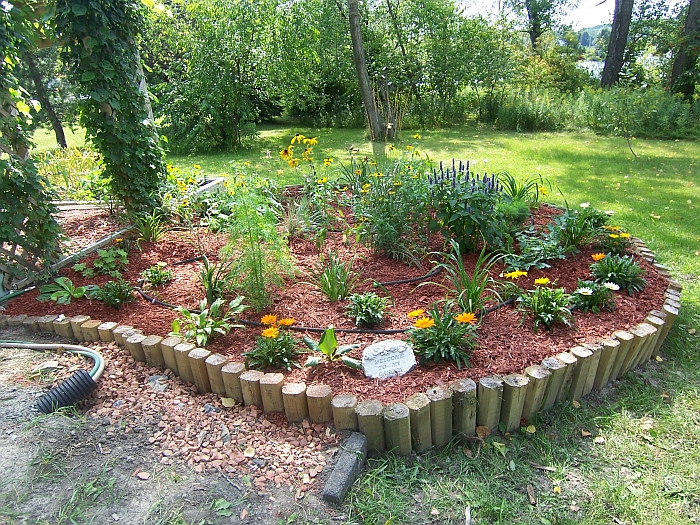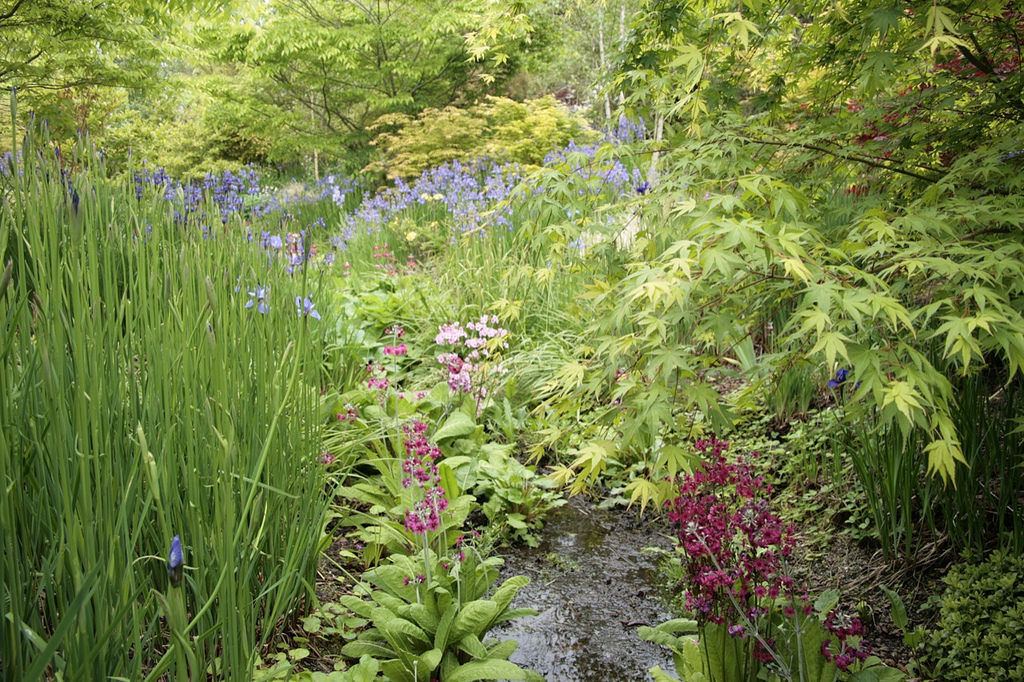Storm water is the worst nightmare of many home owners, giving rise to different problems with the drainage system. But did you know that there are solutions that will allow you not only to improve your drainage, but also to enhance your landscape and protect natural waterways?
Identifying the Problem
The core of the problem with storm water lies in the fact that you have to face a sudden arrival of a disturbingly large quantity of water and different objects that come with it. “Your storm water drain can be blocked due to a number of reasons”, we learn from the reputable Sydney-based Permanent Plumbing Solutions, “from tree roots to material build-up.” As we all know that prevention is better than cure, you’ll be best advised to take measures that will allow abundant water to gradually sink into the soil, which will reduce flooding, rather than pay for costly repairs after almost every storm.
Addressing the Issue
There are different features you can build in your yard that can help you alleviate the impact of storm water, but let’s focus on the three most common solutions. You can landscape your ditches as swales resembling tiny meadows or creek beds, redirect your gutter water to flow into a rain garden, providing a lovely habitat for birds and butterflies, or construct a permeable paving to allow excess water through it. These measures will not only enable you to better handle runoff water, but they will also reduce pollution, as oily residue from cars, allowing it to filter out naturally and not end up in streams or lakes.
Swales
Swales are depressions following the outward edge of the base of a slope, redirecting water in a desired direction. They ensure that runoff sinks into the soil, filtering it along the way. You’ll need fast-draining soil to allow plants on its slightly sloping banks to absorb a significant quantity of this water.
Laying a perforated pipe in gravel underneath will send excess water to a dry well, helping you deal with heavy water flow. If carrying gutter water from your home to a dry well is what you had in mind, even a small swale would do the trick, yet if you want to divert water around a low-lying house, you’ll need a considerably larger one to run along the foundation of an elevated surface above it.
Rain Gardens
If we think of a swale as primarily a travel route for excess water, then a rain garden should be seen as its destination. It is basically a shallow catch basin in shape of a flower bed that allows water to pool during a storm and percolate into the soil afterwards. A fast-draining soil mix is required to encourage water to sink in and ensure lush plant growth. Runoff can go into your rain garden from a swale or pipe, or simply from a sloping yard. They are suitable drainage spots for a steeper slopes than swales can handle.
Having said that, you should plant it in an area that dries out quickly, rather than placing it in a low-lying saturated spot. When we talk about the plants suitable for this purpose, species that tolerate wet conditions should go in the center, surrounded by those that are tolerate occasional standing water, while the plants that prefer drier soil should be placed at the furthermost edges.
Permeable Paving
Driveways, walkways, parking lots and patios can all be built of permeable paving that won’t puddle since runoff will seep through it. To this end, we use materials with gaps that let water sink into the quick-draining layers of underneath, so that the top surface remains dry, while excess water is successfully dealt with. If you decide to construct an eye-catching gravel driveway, for best results, you should first install a grid made of eco-friendly materials (such as 100% recycled plastic waste) and then lay gravel over it, as this will keep gravel in place and cut down maintenance expenses.
By the same token, if a sustainable grass parking lot is what you have in mind, the aforementioned eco-grid will make for outstanding turf protection. Permeable paving is suitable both for even surfaces and subtle slopes, offering not only an effective way to handle runoff, but also letting you enhance your landscape while safeguarding the environment.
Author Bio: Lillian Connors is a blogger and home improvement enthusiast ever so keen on doing various DIY projects around her house and passionately writing about them. She is also an online marketing consultant, closely collaborating with a number of companies from all over the globe.

